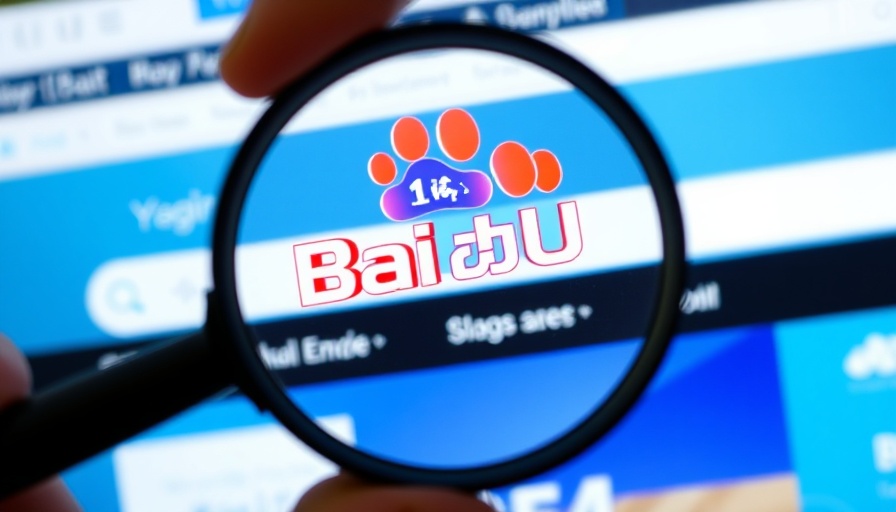
Baidu Introduces Next-Generation AI Models
In a pivotal move for the Chinese tech industry, Baidu has unveiled two groundbreaking AI models: ERNIE 4.5, an advanced foundational model, and ERNIE X1, a new reasoning model. This launch not only positions Baidu as a key player in the competitive AI landscape, but also highlights China’s rapid advancements in technology.
What Makes ERNIE 4.5 Stand Out?
ERNIE 4.5 is Baidu's latest innovation, a comprehensive multimodal model capable of processing text, images, audio, and video. With its exceptional understanding of memes and satire, it offers capabilities that come at a fraction of the cost of similar models. Baidu claims that ERNIE 4.5 has outperformed both OpenAI's GPT-4.5 and DeepSeek V3 in benchmark tests, indicating a significant leap in AI technology that bridges communication and understanding in ways not previously available to users.
Deep-Thinking Capabilities of ERNIE X1
The introduction of ERNIE X1, Baidu's initial deep-thinking reasoning model, underscores the company's strategy to remain competitive against global counterparts. With capabilities such as advanced logical reasoning and tool usage, ERNIE X1 delivers performance at only half the cost of competitor DeepSeek R1. This positions Baidu favorably within the realm of cost-effective AI solutions for enterprise users.
The Economic Impact of AI Innovation
As AI continues to become essential across various sectors, Baidu's commitment to making these sophisticated models accessible highlights the economic shifts occurring in technology. The company's plan to make both models available for free through ERNIE Bot allows individual users immediate access, potentially democratizing AI technology in China.
Global Context: The Race for AI Supremacy
The competitive nature of AI development has intensified across major players such as Baidu, OpenAI, and DeepSeek. As Baidu looks to reclaim its early-mover advantage, its recent launches serve as a response to a rapidly evolving landscape where tech giants must continuously innovate to meet growing consumer and corporate demands.
Future Trends in AI Development
Looking ahead, 2025 promises to be a crucial year for advancements in AI. Baidu plans to further integrate ERNIE 4.5 and ERNIE X1 into its expansive product ecosystem, which may include applications within Baidu Search and various AI-driven services. This integration will likely enhance user experiences while setting a benchmark for other AI developments.
Consumer Adoption and the Road Ahead
Despite the remarkable advancements with ERNIE models, Baidu has faced challenges in achieving widespread adoption. As it aims to increase user engagement, the success of these models hinges on public acceptance and integration within daily life. If successful, Baidu could reshape the perception of AI in society, paving the way for more advanced interactions where AI becomes an invaluable tool.
Conclusion
Baidu’s launch of ERNIE 4.5 and ERNIE X1 not only strengthens its position in the AI market but also highlights the transformative potential of AI technology in everyday life. As the company continues to innovate, understanding the implications of these advancements becomes essential for both consumers and businesses alike. The future of AI development remains bright and full of possibilities, with Baidu at the forefront of this exciting wave of technology.
 Add Row
Add Row  Add
Add 



Write A Comment